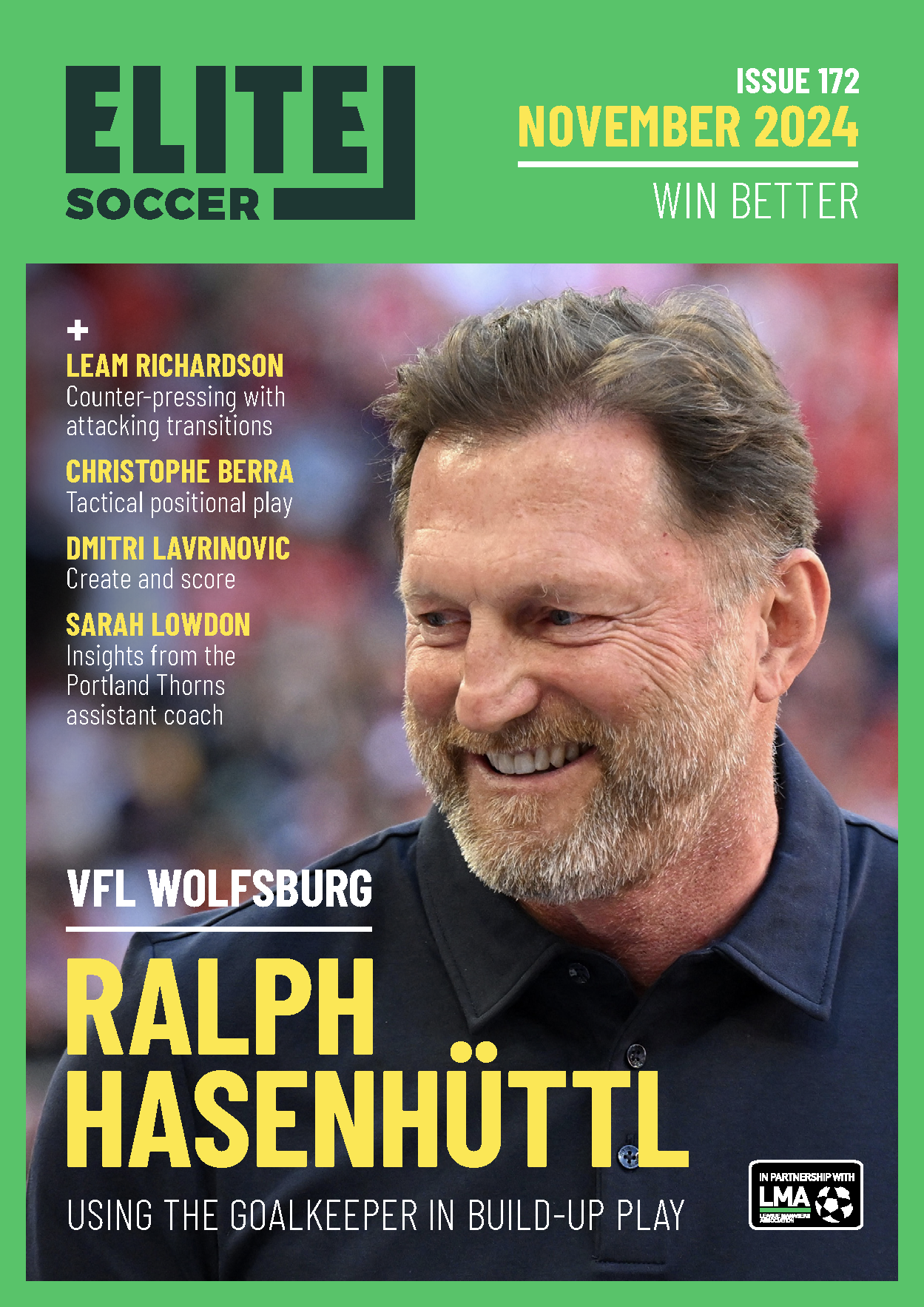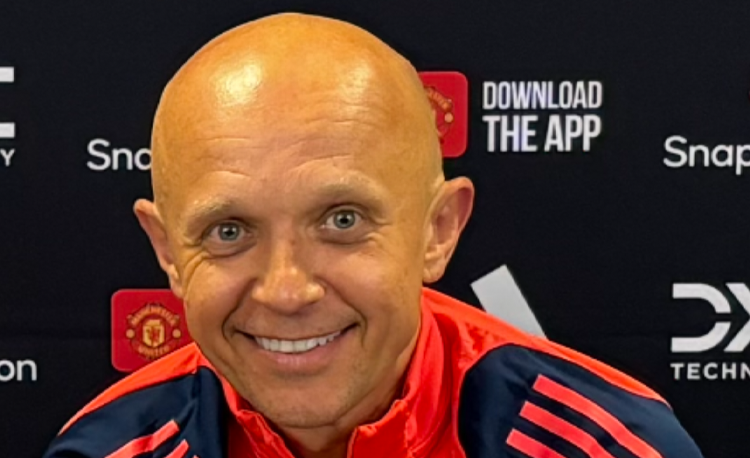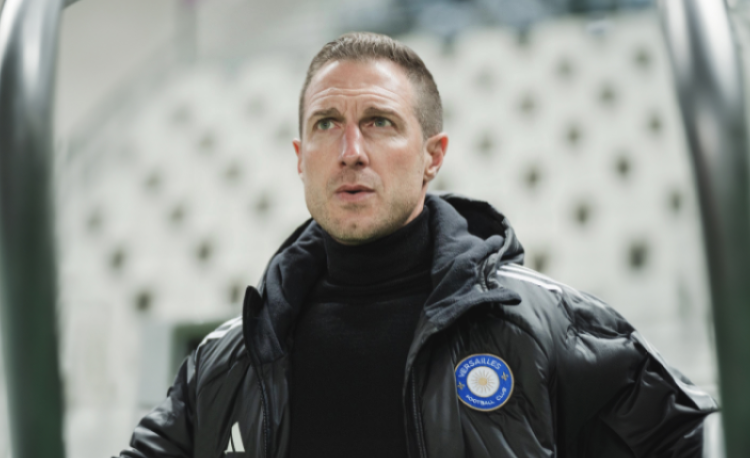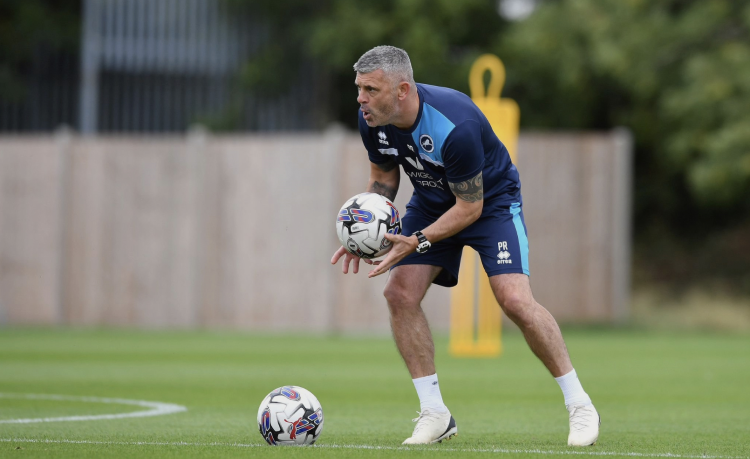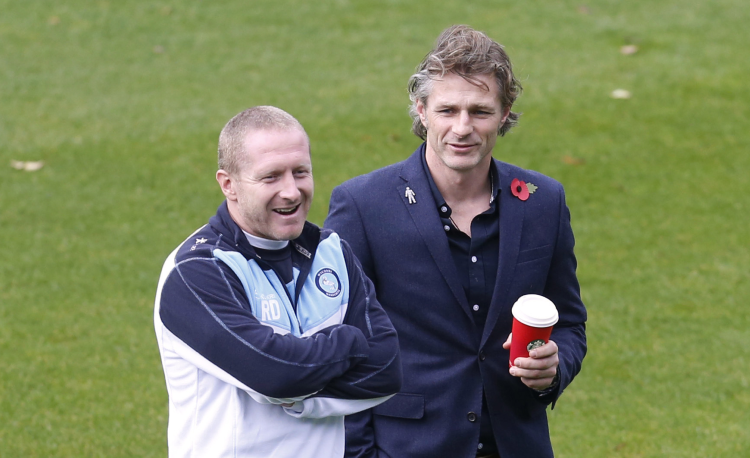You are viewing 1 of your 1 free articles
Pedal power
As one of the premier sporting events in the calendar year, the Tour de France is a spectacular feat of human endurance. It has also, over the years, created many stories, myths, heroes and villains, and none more so than Lance Armstrong. The American recovered from testicular cancer in the mid 1990s to win seven consecutive Tours, before being stripped of his medals in 2012 for doping offences.
David Walsh, author of Inside Team Sky, was one of the journalists who helped to expose Armstrong. A keen cyclist himself and chief sports writer with The Sunday Times, he battled over many years to see that justice was done.
In recent times the sport has tried to put its house in order, presenting a clean bill of health to the sponsors and general public. Against this background, Walsh persuaded Team Sky to give him all-areas access to their 2013 assault on the Tour de France. It was an intriguing assignment because Team Sky were perceived as both the poster boys of the Tour and the team most likely to be cheating.
They had won the race in 2012 with British superstar Bradley Wiggins. As a new team (just three years old), backed by the unpopular Murdoch empire, they didn’t endear themselves across the sport. With their flash back-up vehicles and heavy emphasis on science, many were looking to find fault, and more especially, a Team Sky cyclist who was taking illegal substances.
The book splits into three stories. First, Walsh is on a mission to see if Team Sky is in fact clean. Second, it’s a story of the race of itself. And third, it’s a fascinating insight into a parallel world of coaching high performance. Unwittingly, Walsh has created a management book, warts and all.
In simple terms, the Tour is a 2,000-mile cycle race, with each stage being either a time trial or a mountain race. There are other elements to the race and team points to be garnered, but the real prize is known as the ‘general classification’, and the ultimate prize for finishing on top is, of course, the coveted yellow jersey. Along the way though, that rider relies immeasurably on his team-mates - they will provide the all-important slipstream for him to ride in as well as emotional and tactic support. As a result, the Tour is best regarded as a strange mix of individual and team strength.
Equal opportunities
There are three main coaches in the book, with Sir David Brailsford, the hugely successful GB Olympic cycling boss, the main man. His remit was to win a Tour victory within five years when he took on the new team in 2010. He has exceeded that already with victory in 2012 and 2013.
It was Brailsford who invited Walsh to join the tour, and who allows him free licence to roam around the team. What Walsh finds and hears tells us much about how the best teams operate.
First, although Sky has some extremely well-paid superstars, no one gets singled out for special treatment. The team has a system of ‘carers’ who are supposed to rotate around the cyclists during the tour. It’s pretty clear that the management isn’t happy if someone gets more attention than the others.
Second, no detail is left to chance. No-one shakes hands with anyone else, lest they pass on a sickness bug. Every cyclist has his own mattress brought to each hotel. Every cyclist has his own snacks and drinks prepared for every stage of the day.
Many of the other teams make fun of this, but it’s obviously paying off on the roads. The detail doesn’t stop there, with the team scientists looking at any way to shave seconds off the cyclists’ timings.
This is where Tim Kerrison steps in. He arrived with the team not as a cycling expert but as a top sports scientist with the Australian swimming team. After careful research, he was quite clear on the three key elements that won races: asphalt, heat and mountains. This talented team had won gold medals in velodromes - Kerrison changed their training programmes and crunched the numbers.
However, his employment wasn’t all about science and mathematics – there was to be an emotional side too. As head of performance support, he stressed to Walsh that he used the post-training talks he had with the riders to discuss about how they felt. These were as important as the science.
Educate to persuade
Kerrison’s methods are very much athlete-driven. The coaching team will put the cyclist on the bike in the lab and ask him about adjusting his style. As this is done, the cyclist feeds back on what’s working and looks at the speeds he’s achieving. Every time it works, the cyclist adopts it. Team Sky educates to persuade.
As the story and the race progresses, it’s clear the cyclists aren’t lab-created machines. They can be highly strung and, as individuals, that makes managing them a tough assignment. Brailsford especially has to keep them in check and motivated.
He knows there is also immense scrutiny because of previous doping scandals. The riders are constantly accused of it via social media and on the roads themselves. Banners, shouts and even spectators throwing urine at the team as they ride are all part and parcel of the day. All the time, Team Sky state they are clean.
There are times when the team looks fragile... key athletes are underperforming. At one stage Brailsford decides he needs to speak to them. Instead of doing this one-to-one in a room, he goes out on the unwinding ride on a rest day. As they cycle, each one drops back to Brailsford to chat. They’re in their own environment, more relaxed and happy to listen and open up. It proves a turning point for the team.
Forward thinking
Rod Ellingworth, the performance manager, is the third key element of the coaching team. Brailsford says that Ellingworth has the unique quality of being able to plan in the short-, medium- and long-term all at the same time.
He uses the analogy of the hands of a clock. Most coaches work on the second hand – what needs to happen today or tomorrow. Others can look over the medium-term, and where the team will be in four to six weeks’ time. And a few, working off the hour hand, will be planning into next year. Yet Ellingworth will do all three at the same time. Under pressure that is something special.
As we know ourselves, it’s one thing to have the talent, and quite another to orchestrate it into an effective, coherent team. More than once, Brailsford modestly talks about being a conductor. He’s one of the best of his generation of high-performance coaches.
Walsh captures the blood, sweat and tears of the Tour, which puts all these achievements in their true context. And what does Brailsford enjoy most? The processes, not the winning. A lesson for us all, perhaps.
Inside Team Sky: The Inside Story of Team Sky and their Challenge for the 2013 Tour de France, David Walsh. Simon & Schuster.
Editor's Picks
Using the goalkeeper in build-up play
Pressing principles
Intensive boxes drill with goals
Penetrating the final third
Creating and finishing
My philosophy
Pressing initiation
Compact team movement
Defensive organisation
Coaches' Testimonials

Alan Pardew

Arsène Wenger

Brendan Rodgers

Carlos Carvalhal

José Mourinho

Jürgen Klopp

Pep Guardiola

Roy Hodgson

Sir Alex Ferguson

Steven Gerrard
Related
Shooting and movement
Crossing, finishing and defending
Playing forward in possession
Coaches' Testimonials

Gerald Kearney, Downtown Las Vegas Soccer Club

Paul Butler, Florida, USA

Rick Shields, Springboro, USA

Tony Green, Pierrefonds Titans, Quebec, Canada
Join the world's leading coaches and managers and discover for yourself one of the best kept secrets in coaching. No other training tool on the planet is written or read by the calibre of names you’ll find in Elite Soccer.
In a recent survey 92% of subscribers said Elite Soccer makes them more confident, 89% said it makes them a more effective coach and 91% said it makes them more inspired.
Get Monthly Inspiration
All the latest techniques and approaches
Since 2010 Elite Soccer has given subscribers exclusive insight into the training ground practices of the world’s best coaches. Published in partnership with the League Managers Association we have unparalleled access to the leading lights in the English leagues, as well as a host of international managers.
Elite Soccer exclusively features sessions written by the coaches themselves. There are no observed sessions and no sessions “in the style of”, just first-hand advice delivered direct to you from the coach.



